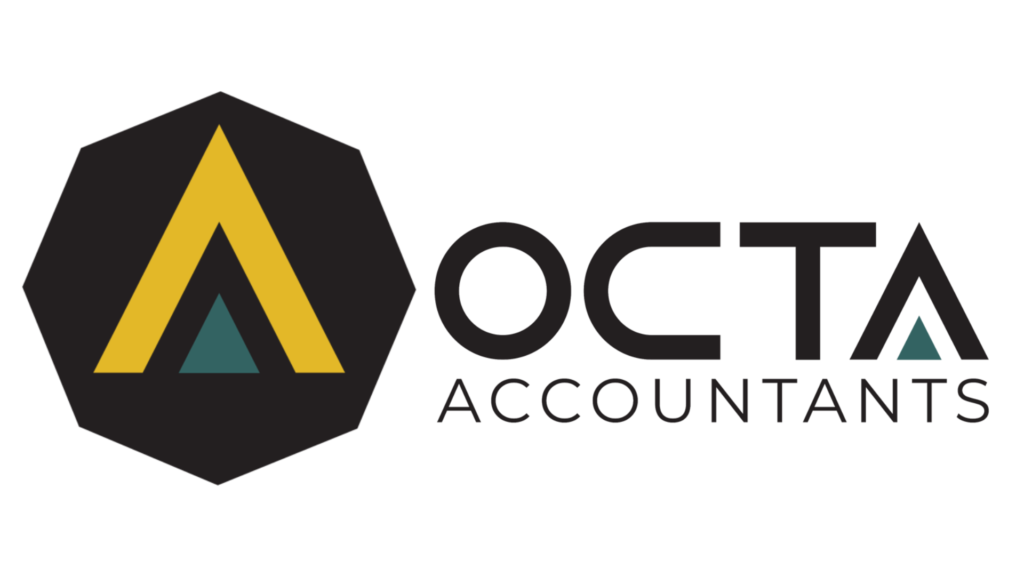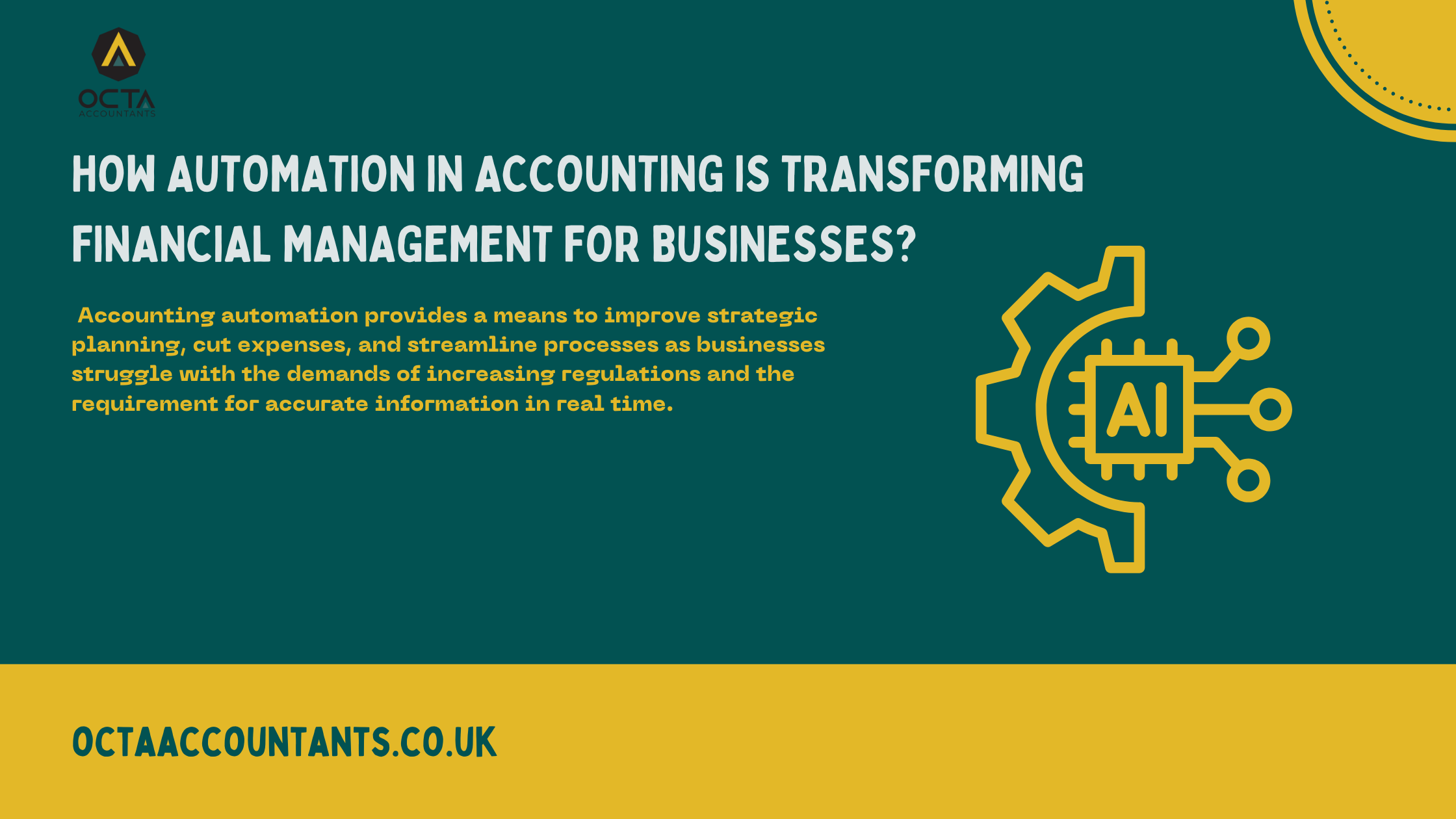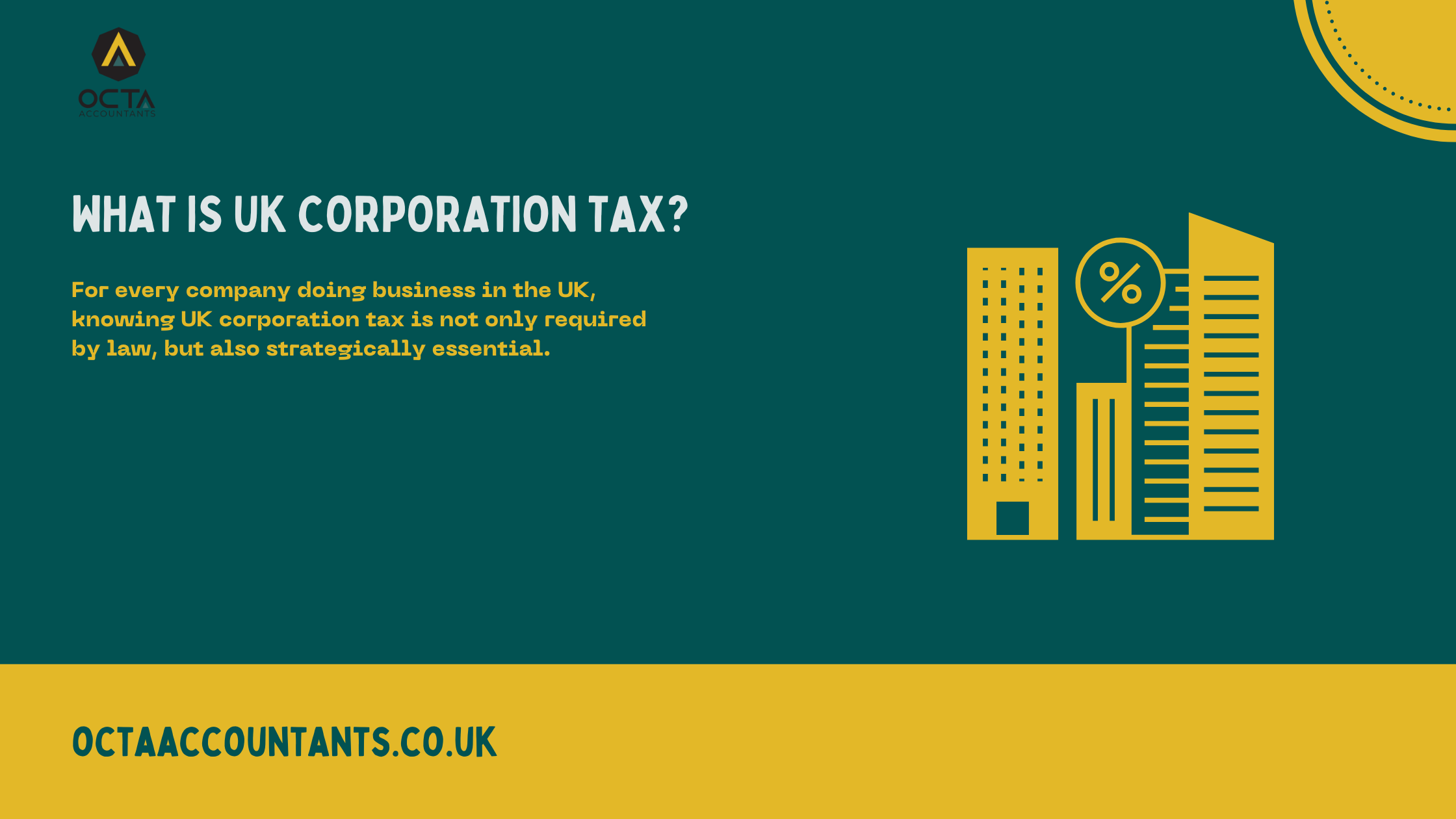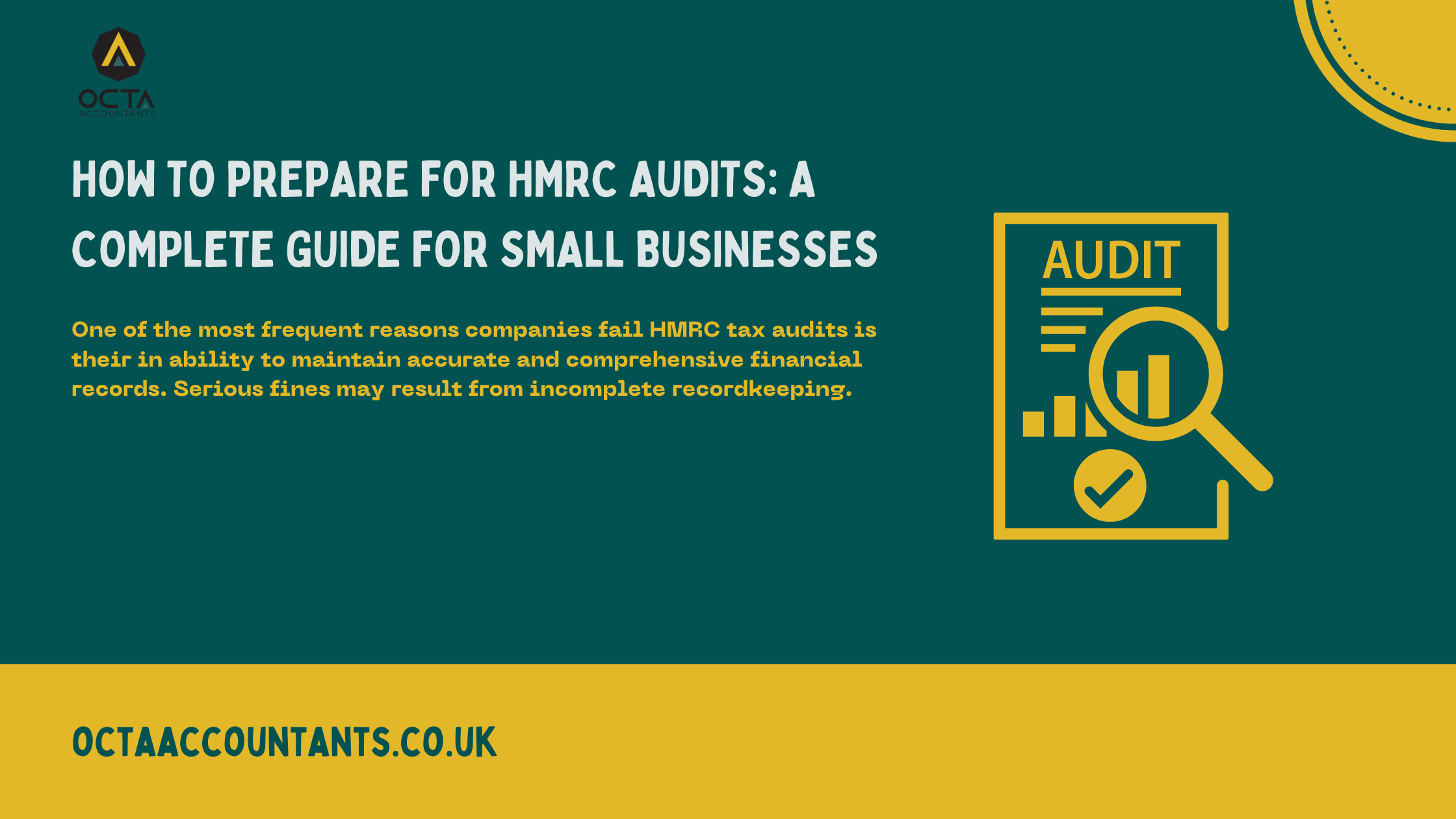
Octa Accountants

5 Min Read

Oct 30, 2024

VAT Registration & Filing
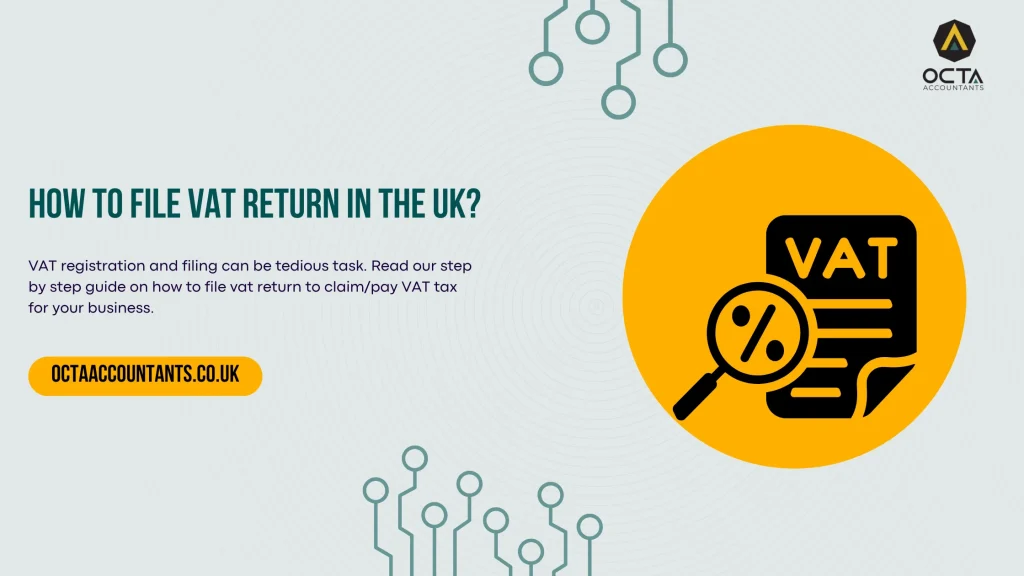

For registered businesses, filing a VAT return every quarter is mandatory as it not only ensures compliance but also helps them stay financially organized. Whether you’re a small business owner or running a larger enterprise, submitting your VAT return accurately and on time is crucial to avoid penalties in the UK.
Filing VAT returns can feel like an overwhelming process if you are a beginner but, with a clear understanding of the whole process it is not that complex and can be done with relative ease. For your convenience we have made a step by step guide to help through each step along the way.
Value Added Tax most commonly referred to as VAT, is a tax charged on most goods and services in the UK. Businesses charge VAT on their sales whereas they pay VAT on their purchases. The difference between the two (what they’ve collected versus what they’ve paid) is either owed to HMRC or refunded, depending on whether they collected more than they spent.
Also Read: How to calculate VAT on Amazon Sales?

Staying organized during the quarter is essential. A well-organized system makes it considerably easier to compute and file your returns correctly and should be your first and foremost priority. Before filing your VAT return, acquire all applicable accounting records. The main records you’ll need are:
Sales invoices: Sales invoices reflect the VAT you charged consumers.
Purchase receipts: These document the VAT you paid on business-related transactions.
Other relevant costs: Include any other expenses for which you can claim VAT, such as travel or office supplies.
Once your records are in order, identify the total VAT on your sales and purchases for the period. There are two different ways to calculate based on input tax and output tax:
Calculate the VAT on Sales (Output Tax): This is the VAT you collected from clients on sales of products and services. It is critical that all of your transactions are properly recorded, including invoices for credit sales.
Calculate the VAT on Purchases (Input Tax): This is the VAT you’ve paid on company costs. Ensure that all costs are directly related to the business and are VAT-deductible.
Once you’ve calculated your total output and input tax, you’ll be able to establish whether you owe VAT to HMRC or whether you’re due a refund. If your output tax exceeds your input tax, you will owe HMRC the difference. If your input tax is higher, you can request a VAT refund.
Also Read: 11 FAQs About VAT Registration & Filing
In the UK, VAT returns are filed online via the HMRC website. To do this, you’ll need to have registered for a VAT online account, also known as a Government Gateway account. If you haven’t registered, you’ll need to do so before you can file your VAT return. After logging in, you’ll have access to your VAT dashboard, where you can view upcoming deadlines, previous returns, and other VAT-related information.
Navigating the complexities of eCommerce accounting can be overwhelming, but you don’t have to do it alone. At Octa Accountants, we specialize in helping businesses streamline their financial processes, manage inventory, and stay compliant with tax laws. Whether you’re a small business or a growing enterprise, our expert team is here to ensure your finances are in perfect order—so you can focus on scaling your business.
The VAT return form is where you will submit the results of your calculations. Double-check your entries to be certain they are correct. Even minor inaccuracies might result in penalties, so thoroughly review each figure.
After completing the VAT return form, you are ready to send it to HMRC. To send the return, click “Submit” on your VAT dashboard. Once filed, you will get confirmation from HMRC that your VAT return has been received. It’s recommended to save a copy of your completed return for your records, whether printed or saved digitally. This might be useful for future reference and addressing concerns that may arise later.
If your VAT return shows that you owe HMRC, you must make payment before the due date. HMRC provides numerous payment options like direct debit to make automatic payments or a bank deposit to make a direct deposit from your company bank account. Payments can also be made online through a credit or debit card. In order to avoid any late fee or interest you need to make sure you pay on time. The payment deadline is usually one month and seven days following the end of your VAT accounting period.
If your input tax exceeds your output tax, you are eligible for a VAT refund from HMRC. HMRC will handle it immediately once you submit your VAT return. Refunds usually come within 30 days, although they can sometimes take longer. If you have registered your bank information with HMRC, you will get the refund in your bank account. If it does not come within the scheduled timeframe you may contact HMRC for further assistance.
Filing VAT returns can be quite simple if you’re organized, but there are certain frequent concerns to be aware of. Staying prepared and paying attention to the following details will help you avoid these typical blunders and correctly complete your VAT return.
- Missing Deadlines: HMRC penalizes late submissions, so be sure you meet the filing and payment deadlines.
- Incorrect calculations: Double-check your calculations and make sure there are no errors.
- Ineligible VAT Claims: Not all purchases are VAT deductible like personal costs so avoid overclaiming when it’s not valid.
- Forgetting adjustments: If you issue credit notes or receive refunds, you may need to update your VAT calculations. Keep track of them to avoid inconsistencies.
To err is to human and that is why we have a few tips and tricks that can help you very conveniently avoid the common VAT filing mistakes for a hassle free process.
- VAT Compliance training: Schedule regular VAT compliance training.
- Periodic Audits: Conduct periodic audits of your VAT records.
- Professional help: Seek professional advice when needed, especially for complex transactions or international sales.
For businesses looking to make VAT filing even easier, working with a professional accounting firm can be a game-changer. Our accountants are well-versed in VAT regulations and can help you maximize your claims, reduce potential liabilities, and save valuable time. Reach out to our professional team at Octa Accountants if you want help or expert support with your VAT filing, so you can focus on growing your business without any worries.
About Us
Octa Accountants is a one-stop accounting firm that offers a wide range of finance management services.
Our Blogs
How Automation in Accounting is Transforming Financial Management for Businesses?
How Automation in Accounting is Transforming Financial Management for Businesses? Octa Accountants 7 Min Read Apr 14, 2024 Technology Staying ahead of current trends is crucial for development and sustainability…
What is UK Corporation Tax?
What is UK Corporation Tax? Octa Accountants 7 Min Read Apr 14, 2024 Company Incorporation For businesses hoping to be legally and financially effective, navigating the complexity of the UK…
How to Prepare for HMRC Audits: A Complete Guide for Small Businesses
How to Prepare for HMRC Audits: A Complete Guide for Small Businesses Octa Accountants 7 Min Read Apr 14, 2025 Audit From overseeing daily operations to making sure financial records…
